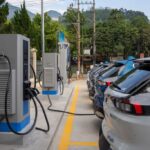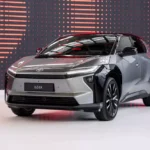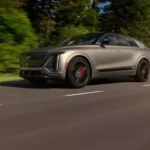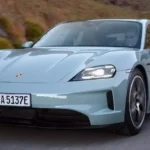Chinese Electric Vehicles are Gaining Popularity in Vietnam due to their Competitive Pricing, Modern Design, and Advanced Technology.
However, to ensure an optimal ownership experience, there are a few key considerations that prospective owners should keep in mind:
Range
One of the primary factors when purchasing an electric vehicle is its range. Chinese EV models often boast impressive range figures on paper, but real-world conditions in Vietnam can significantly impact these numbers.
For instance, the BYD Dolphin has a claimed range of up to 420 km according to the CLTC (China) standard, but this drops to around 340 km when measured by the WLTP (Europe) standard. This discrepancy is important to note as actual driving conditions in Vietnam, including traffic, weather, and road infrastructure, can further affect the range.
Therefore, owners should stay informed and plan their usage accordingly to avoid unexpected situations.
Charging Standards
Chinese electric vehicles typically use domestic charging standards that may differ from the international standards prevalent in Vietnam. For example, many BYD, Wuling, and Aion models use the GB/T standard, while most charging stations in Vietnam currently support CCS2 or CHAdeMO standards.
This means that if you own a Wuling Mini EV, you may encounter challenges in finding compatible fast-charging stations. Some vehicles, like the BYD Atto 3, have been adapted to support the CCS2 standard, but not all Chinese models offer this compatibility. Thus, it is crucial for prospective buyers to verify the charging standards supported by their chosen vehicle before making a purchase.
Charging Infrastructure
While electric vehicle manufacturers are expanding their charging networks in Vietnam, the infrastructure still lags compared to the mature market in China. In China, electric vehicles have access to hundreds of thousands of public charging stations, whereas in Vietnam, fast-charging stations are mainly concentrated in major cities like Hanoi, Ho Chi Minh City, and Da Nang.
Vehicles with large-capacity batteries, such as the BYD Han and Hongqi E-HS9, require fast charging to ensure optimal usage times. However, finding a suitable charging station during long-distance travel can be challenging.
Currently, the public charging network in Vietnam is dominated by V-GREEN charging stations built specifically for VinFast electric vehicles. There are also a few notable private investors in the charging infrastructure space, including Eboost, EV One, EverCharge, EVN, DatCharge, Rabbit EVC, VuPhong Energy, SolarEV, and Autel, with the latest entrant being PV Power – the Vietnam Oil and Gas Power and Energy Joint Stock Company.
Excluding the V-GREEN network, the public charging infrastructure developed by private investors is still relatively sparse in Vietnam.
As a result, owners of Chinese electric vehicles need to proactively research charging station locations before embarking on long-distance trips to avoid running out of battery power mid-journey.
Home Charging
Given the limitations of the public charging infrastructure, installing a home charging station is a practical solution for owners of Chinese electric vehicles. Most models, including the BYD Dolphin, Aion ES, and Wuling Mini EV, support AC charging at 7kW, which is suitable for home installation.
However, some vehicles with large-capacity batteries may require DC fast charging to ensure efficient charging times, which could be inconvenient if the owner does not have the means to install a DC charger at home.
Moreover, Vietnam’s electrical infrastructure may not be able to accommodate the continuous high-power charging needs of electric vehicles. Owners should consult experts and assess their home electrical setup before installing a charging station to ensure safety and compatibility.
Prospective buyers of Chinese electric vehicles should carefully consider these factors, seek out real-world reviews, and plan their charging strategies to avoid potential inconveniences during ownership.
TH (Tuoitrethudo)
The All-New Luxurious Porsche Taycan 2025: Unveiling the Ultimate Electric Experience in Vietnam
The Porsche Taycan 2025 is an eagerly anticipated vehicle, and its upcoming release has enthusiasts excited. While the official retail price in Vietnam remains undisclosed, we can expect a competitive and tempting offer from Porsche. With its sleek design and impressive performance, the Taycan has always been a head-turner, and the 2025 model promises to continue this legacy. Stay tuned for more updates on this exciting vehicle!


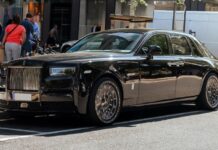
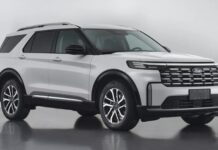
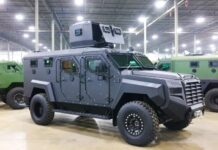
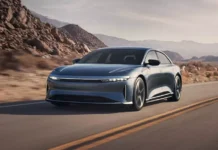

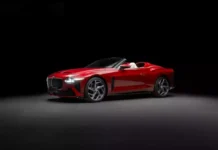
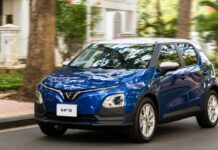
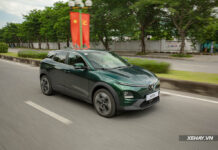
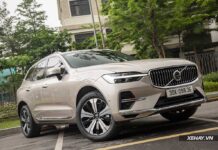






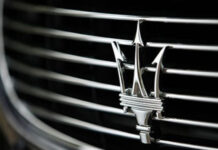

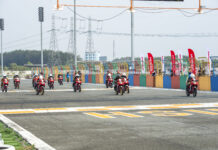
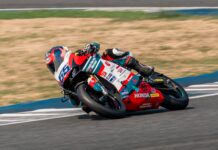
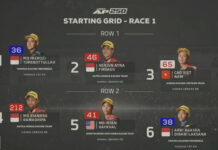



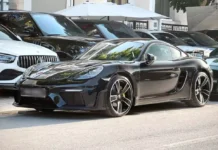

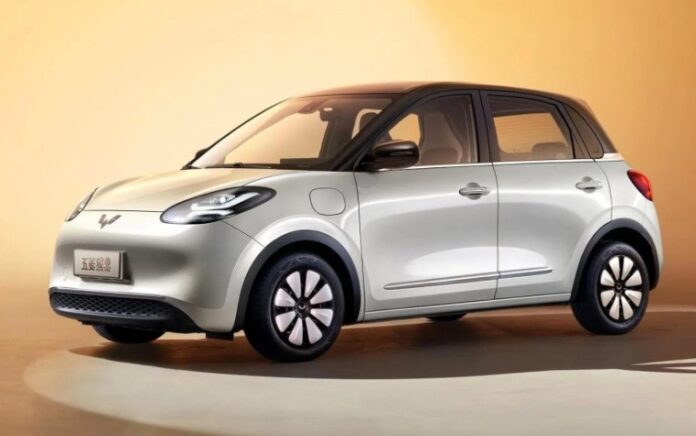
.jpg)
.jpg)
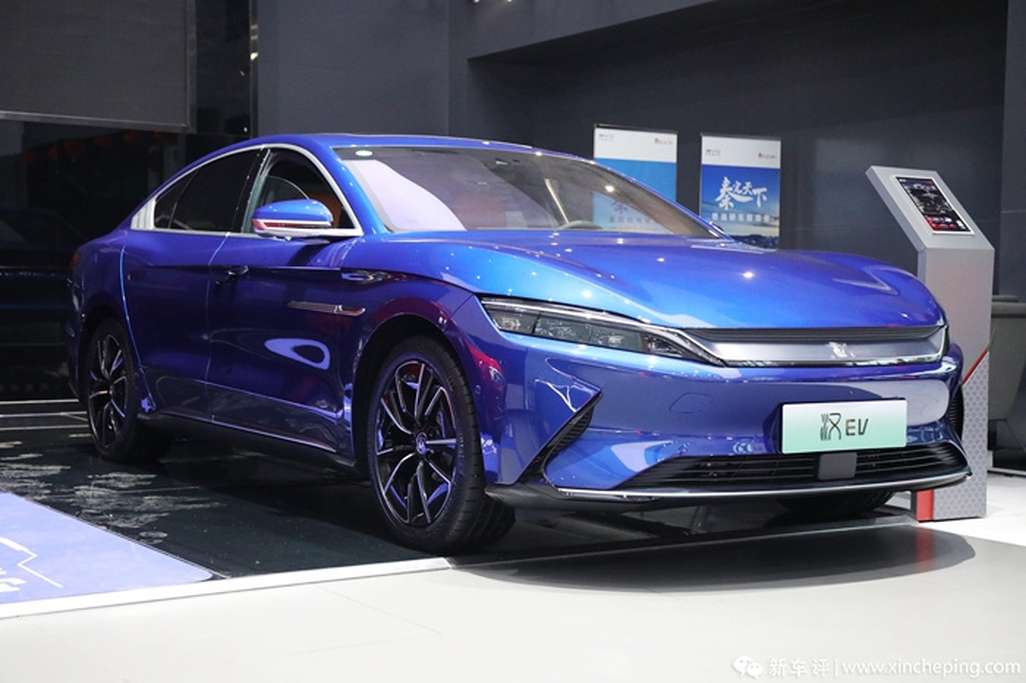
.jpg)
